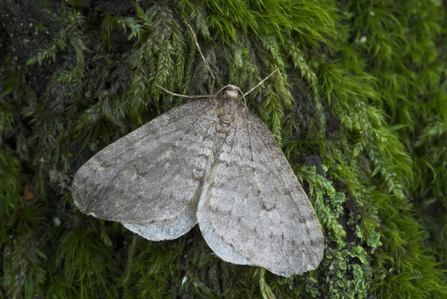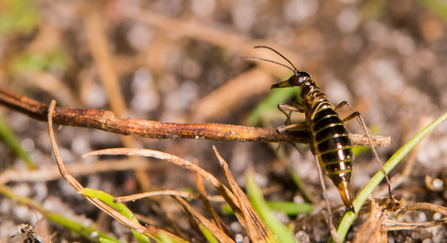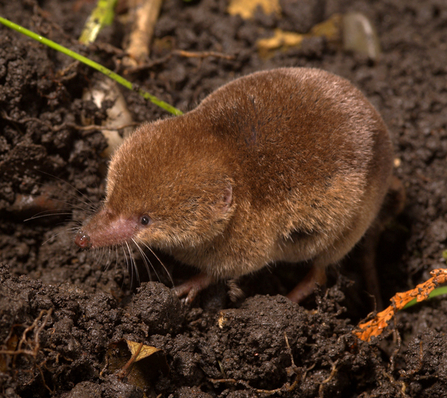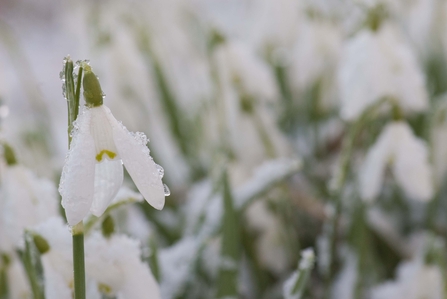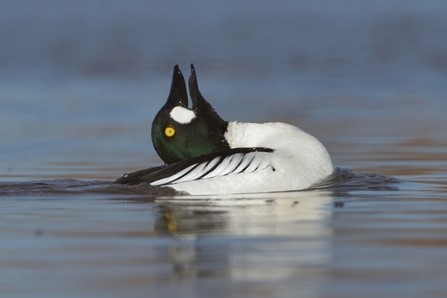Winter wings
The winter moth’s name speaks for itself. It’s a moth and it flies in winter (well, also in autumn if we want to be technical). An insect that’s active on cold December nights is weird enough, but to make matters stranger it’s only the males that fly. Females have tiny, stubby wings that are too small to function. Instead, they climb a tree and release pheromones, drawing males to them.
Male winter moths have pale, greyish-brown wings. They fly at night and can be found almost anywhere there are trees and shrubs. They’re often attracted to lights, so keep an eye out around windows and external lamps. You might also see them lit up in car headlights as you drive.


